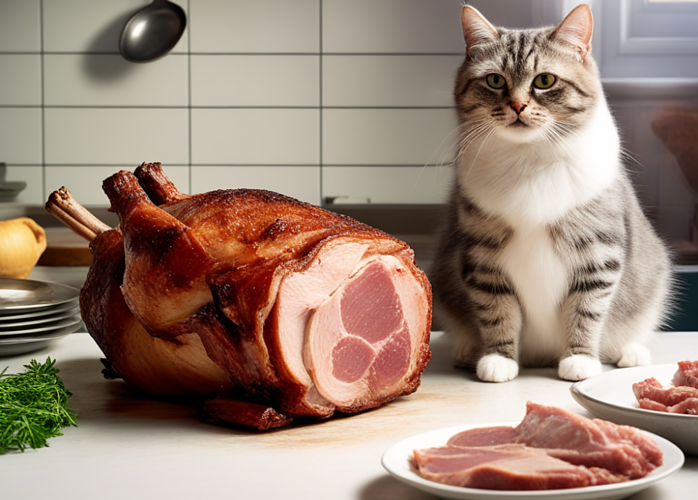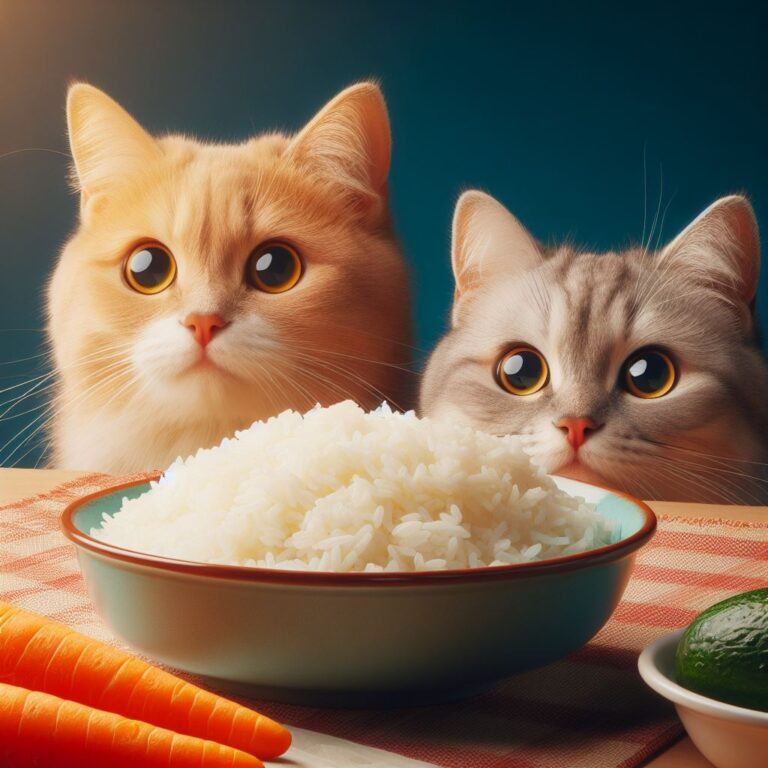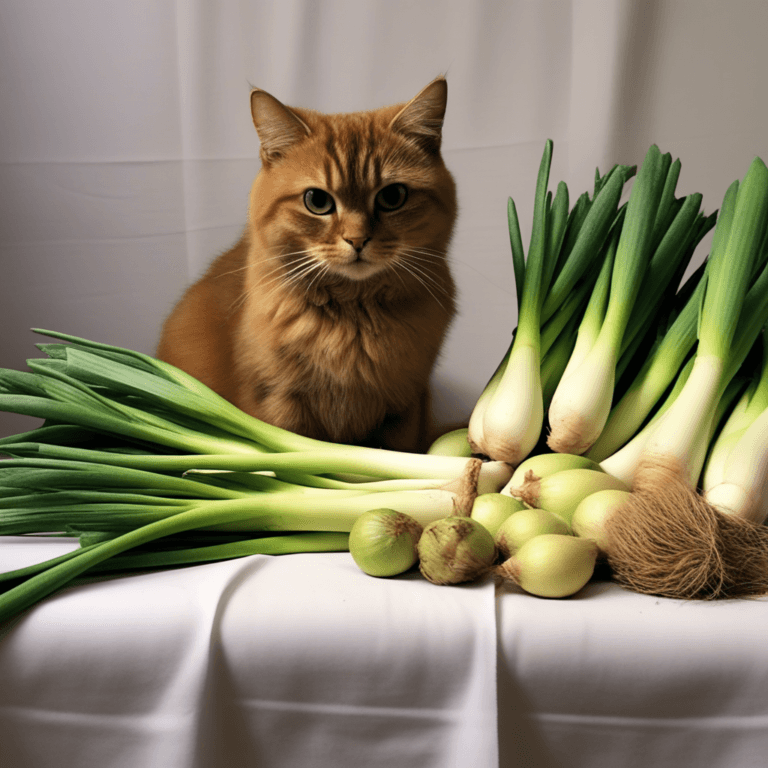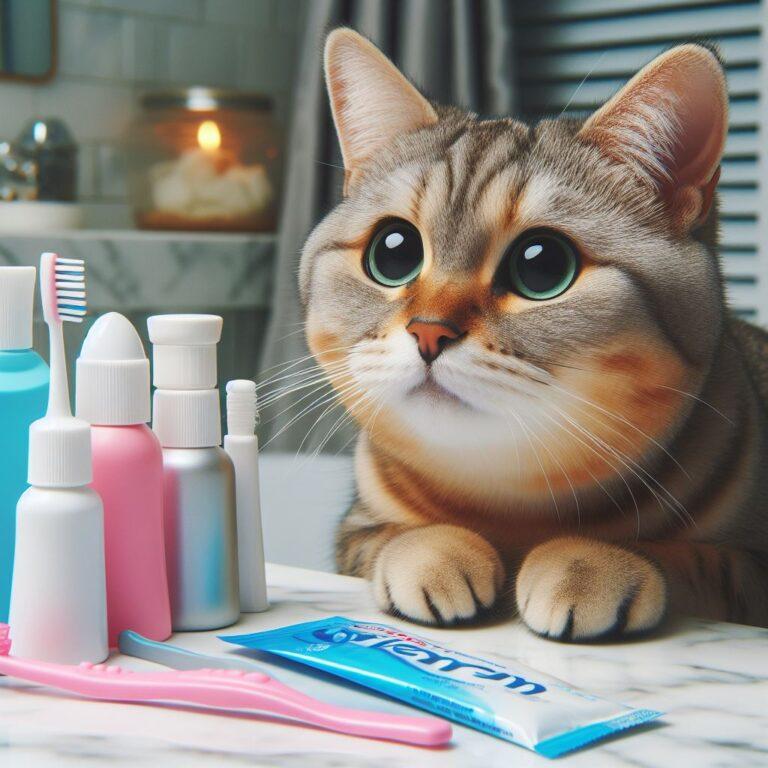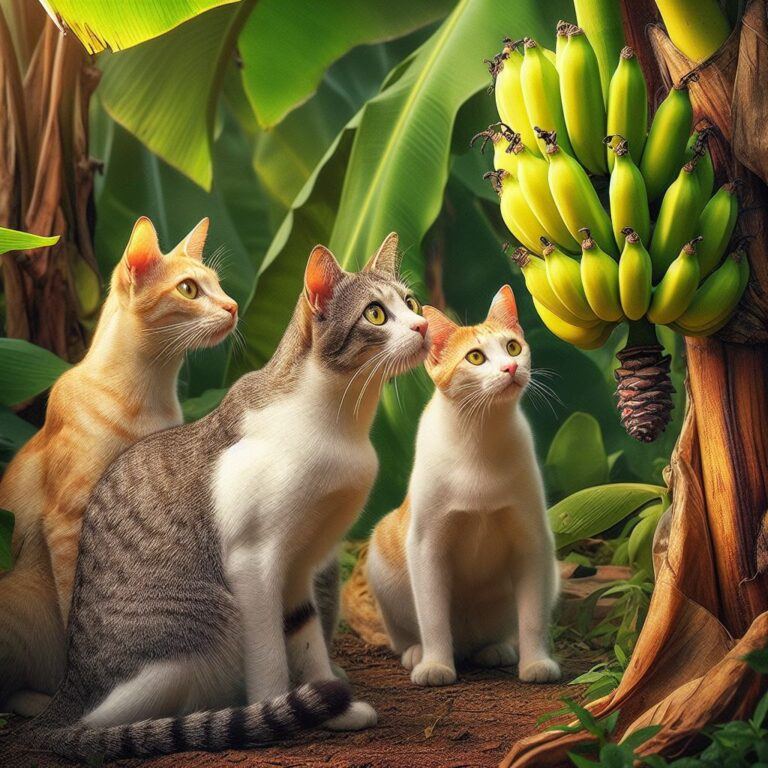Can Cats Safely Eat Quinoa
Yes, cats can safely eat quinoa in moderation. This ancient grain is packed with nutritional value and, importantly, is non-toxic to our feline companions. Of course, while quinoa can be a healthy addition, it should NEVER REPLACE primary cat food due to cats’ specific dietary needs as obligate carnivores.
Quinoa is a good source of protein and essential amino acids. It’s also rich in vitamins and minerals that can complement your cat’s diet. However, just as with any changes in diet, you need to consider the right balance to prevent potential health issues.
Moderation is key. Quinoa should only be a small portion of your cat’s diet. Overfeeding, even with something as nutritious as quinoa, can lead to obesity or digestive disturbances. Remember, your cat’s main diet should be high-quality, meat-based cat food that provides the full spectrum of nutrients they require.
Of course, the preparation is crucial – quinoa served to cats must be thoroughly cooked and free of any added seasonings or oils that can be harmful to them. There are also a few potential concerns to be aware of, such as allergies and gastrointestinal sensitivities, which I’ll touch on in a moment.
I’ll also share how quinoa, when given properly, can be part of a diverse diet for your cat. Considering this, before making any significant changes to your furry friend’s diet, it’s always best to consult with your veterinarian for personalized advice.
Preparing Quinoa for Your Feline Friend
Quinoa should be well-cooked before offering it to your cat. Uncooked quinoa can be hard for their digestive systems to handle and may lead to discomfort or indigestion.
To ensure optimal digestion, rinse the quinoa first to remove any outer coating, known as saponin, which can cause irritation to your cat. Cook it in plain water, avoiding any seasonings, such as onions or garlic that typically accompany human quinoa dishes.
Mixing a small amount of cooked quinoa with your cat’s regular food is a great way to introduce this new element into their diet. It’s crucial to start with a tiny portion to monitor for any adverse reactions, such as an upset stomach or allergy signs.
As with any dietary addition, moderation is key. Quinoa shouldn’t replace meat in their diet, considering cats’ obligatory carnivorous nature, requiring high levels of proteins from animal sources like turkey or chicken.
Despite your best efforts, quinoa might not suit every cat. If your cat has a history of digestive issues or food sensitivities, adding a new ingredient like quinoa can exacerbate these conditions. Always observe your cat’s response after they’ve eaten quinoa and contact your vet if concerns arise.
Cats with health conditions, especially those related to kidney function, may have specific dietary needs. BEFORE experimenting with quinoa, or any new food, discussing with your veterinarian is a MUST.
They can provide personalized advice on whether quinoa is a good fit for your cat’s diet, considering their health history and nutritional requirements.
Beyond the Quinoa Dish: Nutritious Additions to Your Cat’s Menu
If your cat has taken a liking to quinoa and you’re confident in its preparation, it might be time to explore other nutritious additions to your cat’s menu. Not every human food is safe for cats, but a select few can offer health benefits when introduced responsibly into their diet.
Commercial cat foods are formulated to meet the majority of a cat’s nutritional requirements. However, diversity in a cat’s diet can be achieved by including foods like cooked lean meats, certain steamed veggies, and small portions of whole grains, such as brown rice or barley. Just remember, these should only be occasional snacks and not a substitute for regular cat food.
Supplements might also be worth considering if your vet identifies a gap in your cat’s nutrition. These can include omega-3 fatty acids for healthy skin and coat or probiotics to aid digestion. But again, get a professional opinion before adding these to your cat’s diet.
Ultimately, a cat’s diet should be well-rounded, nutritionally dense, and balanced. Explore new foods with care and always keep your cat’s health and happiness as your top priority.


